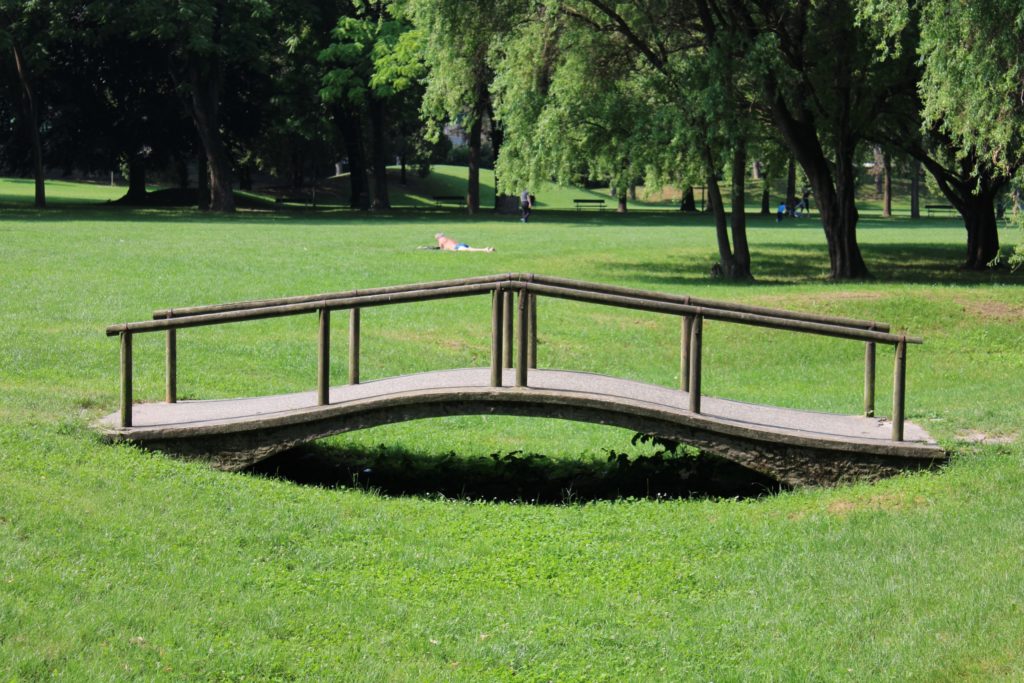
A lush, green, healthy garden is something to be proud of. It invites you to sit in a lawn chair and just admire the scenery.
But to achieve it, you need to water your garden and if you live in Southern California, a desert area, that means plenty of h2o. BeWaterWise reports that up to 70 percent of residential water use goes to landscaping, putting a big dent in your wallet. And it shouldn’t be.
A good, efficient irrigations system will help you save water and will keep your plants looking their best.
Picking the one that best fits your pocket and amount of landscape will go a long way.
Some things to consider when choosing an irrigation system for your particular needs is to think about the climate in your area, whether it’s hot or windy, cool or cloudy, as this will dictate the amount of water your garden needs. Something else to also think about is whether your property is flat, sloped and whether the garden gets a lot of sun or is shaded. And is your soil sandy, clay, rick or rocky, which also dictates how water is absorbed.
Once you consider all these variables, it’s time to pick the best irrigation system for your needs, so here are your options.
No Tech
If you have just a few potted plants, have plenty of time or simply don’t want to complicate your life, go the easy, less expensive way and pick up a watering can. Don’t dismiss this very reliable tool that’s been around for millennia. It water plants evenly and is easily portable, but they don’t hold a lot of water, so you might be making several trips to water all your plants.
Low Tech
If your lawn is slightly larger, but not massive, there’s nothing better than stand there holding a hose with a nozzle in the early evening. Choose a nozzle with several settings for different purposes, such as cleaning pots and bird baths, and better reach. You can also attach hose-end sprinklers with different functionality, including oscillating, rotating, pulsating. One drawback of these portable sprinklers is water evaporates as it sprays it into the air.
A ‘Weeping’ Hose
Another affordable option is a soaker hose, a porous tube full of tiny holes that lays on the ground and seeps water throughout its entire length. Installation is simple and you can connect them to a faucet or rain barrel, placing it directly next to the plants that need it most. You can adjust the flow manually.
Hands-Free
If your garden is bigger and your budget permits it, the way to go is with sprinklers that will do the work for you. Sprinklers spray water from 180 to 360 degrees. You can pair them with irrigation controllers that can be programed to set off sprinklers for a certain amount of time as many days a week as is convenient. And the best part is you and your kids can enjoy yourselves as well on hot days.
Slow and Steady
For more specific watering, your best option is a drip irrigation system that involves tubes and hoses with holes that release water in slow, constant levels, soaking the plant’s roots. These customizable systems are best for raised bed gardens and in-ground planting beds. They use a lot less water than sprinkler systems and can also be combined with them for maximum efficiency.
Early or Late
I was driving on the freeway recently in the middle of a Sunday and the sprinklers on the green areas on the sides were going at full blast. I thought to myself, ‘what a waste of water.” All experts agree that the best time to water your garden is in the early mornings or late in the afternoon when the soil will retain moisture the longest. Watering between 4 p.m. and 10 a.m. is usually a good rule of thumb, except in summer, when you should do it later in the evening and earlier in the morning. If you water in the middle of the day, the water will just evaporate.
Don’t Overwater
And don’t overwater either, as this won’t help your garden. On average, soil can only absorb up to ½ an inch of water per hour before there’s run off, so you don’t need to water more than you need to. Save our Water, a statewide program aimed at helping Californians reduce water use, recommends watering lawn areas three days in the summer and mature shrubs two times a week. Over-watering can lead to mold, disease and rot.
Don’t Forget the Mulch
And to keep moisture in the soil longer, you need mulch. Made from bark and organic matter like cedar, mulch also prevents erosion, water evaporation and weed growth. Pouring mulch around your plants and trees will help them stay healthier longer. Many cities and counties offer free mulch at sanitation centers.
Questions, Comments, concerns ? Contact Quench Irrigation at (201) 441-9720
